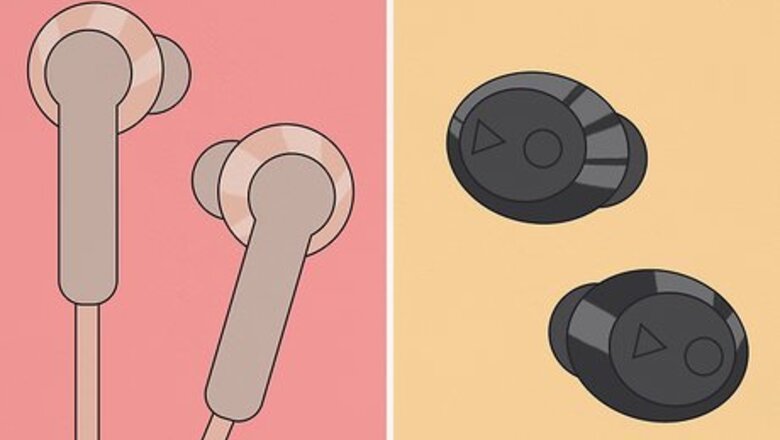
views
Listening to Music in Public
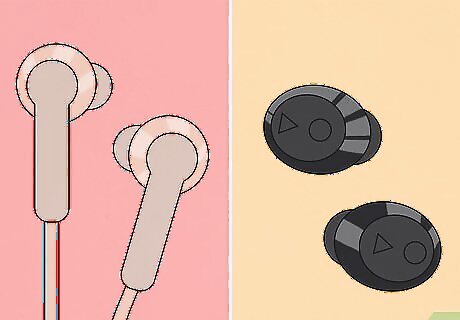
Choose discreet or wireless earbuds. Use earbud headphones that have a cord color that will blend into hair or clothes. White Apple brand earbuds usually stand out more than a darker pair. You can also get a wireless pair that can connect to your phone or MP3 player through Bluetooth to eliminate wires altogether.

Wear roomy clothing. Wear a shirt or sweatshirt with enough space to hide the cord of your earbuds. Place your phone or MP3 player in a large pocket of your pants or sweatshirt, then run your earbud cord from that pocket up the inside of the shirt or sweatshirt so that the earpieces come out by your neck. Put the hood up on your sweatshirt and/or wrap the earbud cords behind your ears to make them less obvious. You can even cut a couple small holes in your sweatshirt pocket or hood to help conceal your earbud cord even better.

Conceal your ears with a hat or hands. Choose a hat that covers your ears to help hide the earbuds. If you don’t have a hat, try covering earbuds with your hair if it’s long, or pretend to casually lean on one hand to conceal an ear and listen through that ear only. You can even get hats and ear warmers with special pockets built in to hold earbuds or small speakers inside!
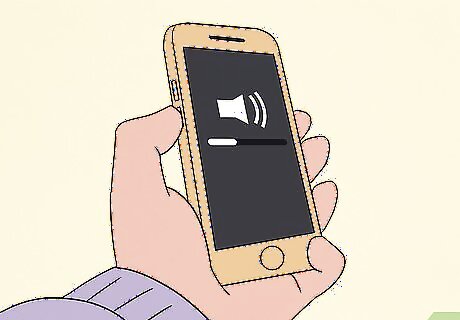
Keep the volume low. Make sure to keep your music volume as low as possible so that others around you don’t hear it and catch you. A good level is one at which you can still hear your phone ring or someone call your name.
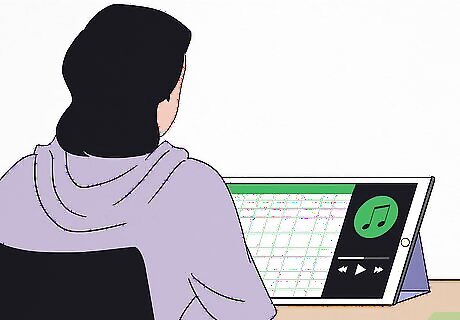
Listen from a computer if you can have one. If you’re in a class or a working environment that allows you to take notes on a computer or tablet, you can run your earbuds through your clothes in the same way as with a phone or MP3 player, but cover where they connect to your computer with something like a scarf or jacket. Minimize whatever music player you’re using or keep it in the background of your screen behind your notes.
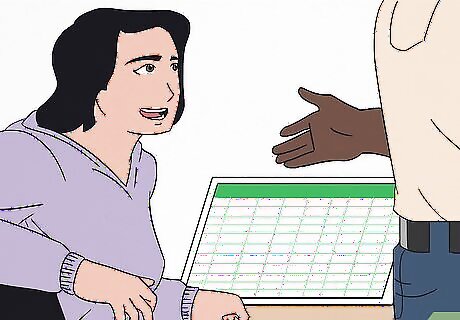
Continue to pay attention. Make sure you can multitask and pay attention to your surroundings at the same time as listening to music. Don’t get caught because you can’t answer a question in class or because you space out when you’re supposed to be interacting with people.
Listening to Music Out Loud at Home
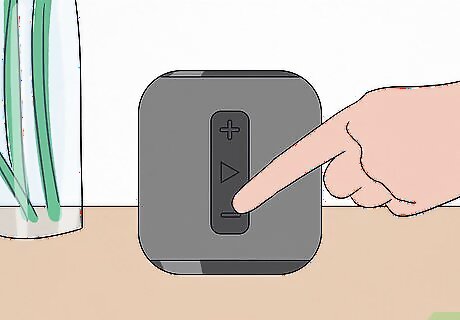
Keep your speakers low. Keep the volume on your computer, CD player, record player, radio, or other speakers low. If you can’t get away with playing music out loud, put headphones in.
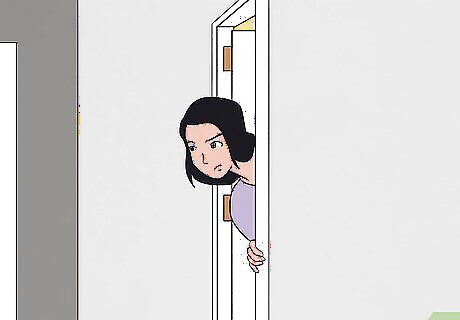
Play music when others aren’t around. Choose times of day when your parents or other people in the house are gone or sound asleep.

Listen to music in a concealed room. Choose the basement, attic, or other room of your house that’s far away from other people and well-insulated.
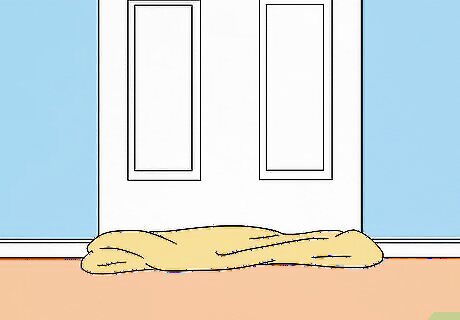
Soundproof your room. Stuff a towel under the crack of your door and layer with extra blankets or pillows to help keep sound from escaping, and even cover the whole door with a blanket if you can. Lay down some thick rugs on the floor if you’re concerned about being heard from below.

Do a sound test. Start the music playing in your room, then go into other rooms of the house where you don’t want to be heard to see if you can hear the music, and adjust the volume accordingly. If you’ve blocked your door for soundproofing, have someone else in the house who you don’t mind knowing about your music do the test for you.

Eliminate evidence. If you’re listening to CDs, records, or an MP3 player, hide them well when you’re done. Consider streaming music online through services like Spotify, Pandora, or YouTube if you’re not supposed to own a certain kind of music and if you want to leave less of a trace. Go to “History” in the browser you use to clear any music sites you’ve visited, and go into your browser settings to find and empty your cache file. Or you can listen to music sites without them showing up in your history at all by opening up a “private” or “incognito” window.


















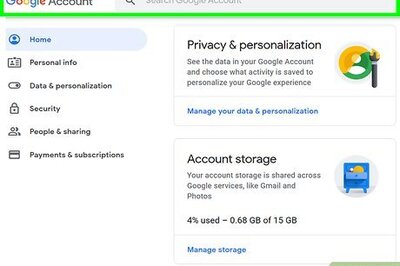

Comments
0 comment